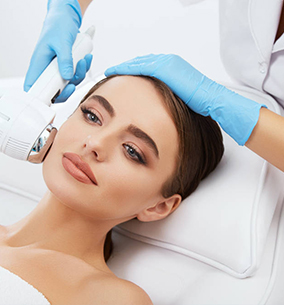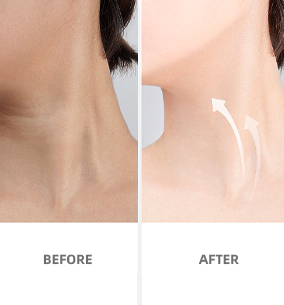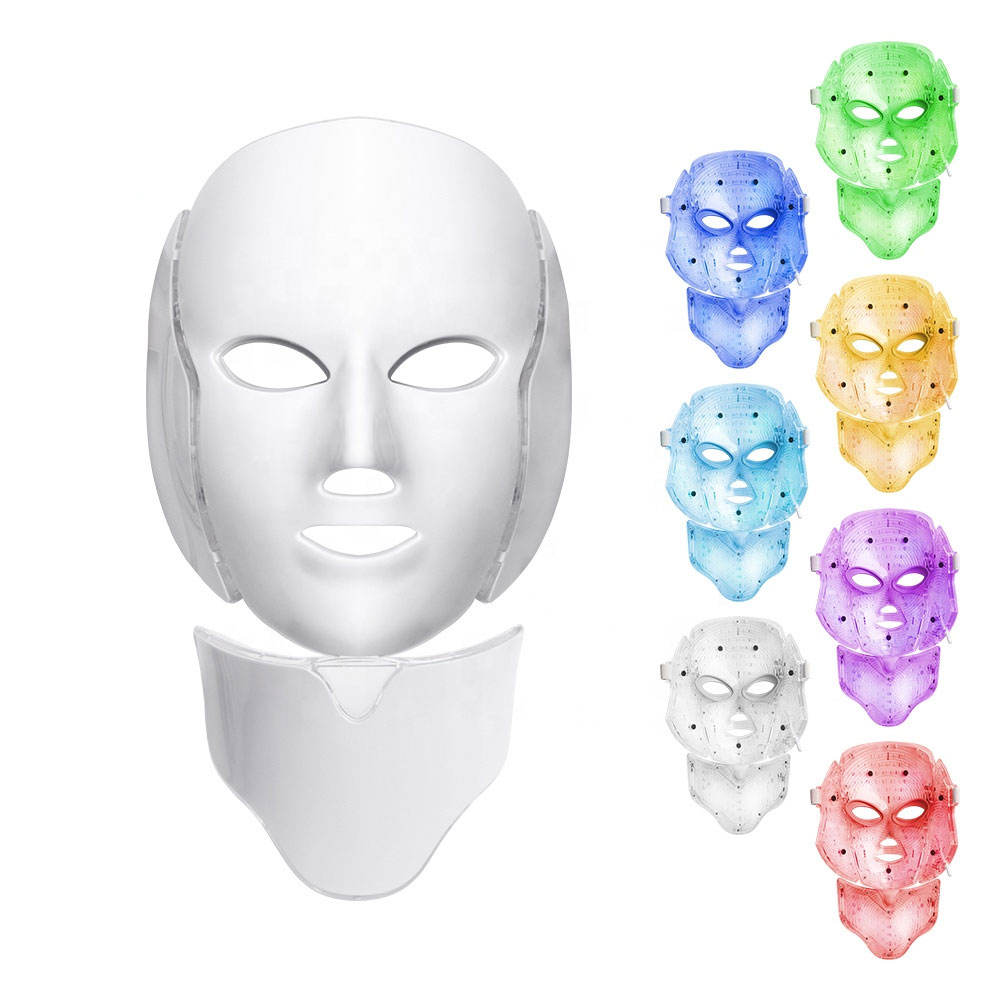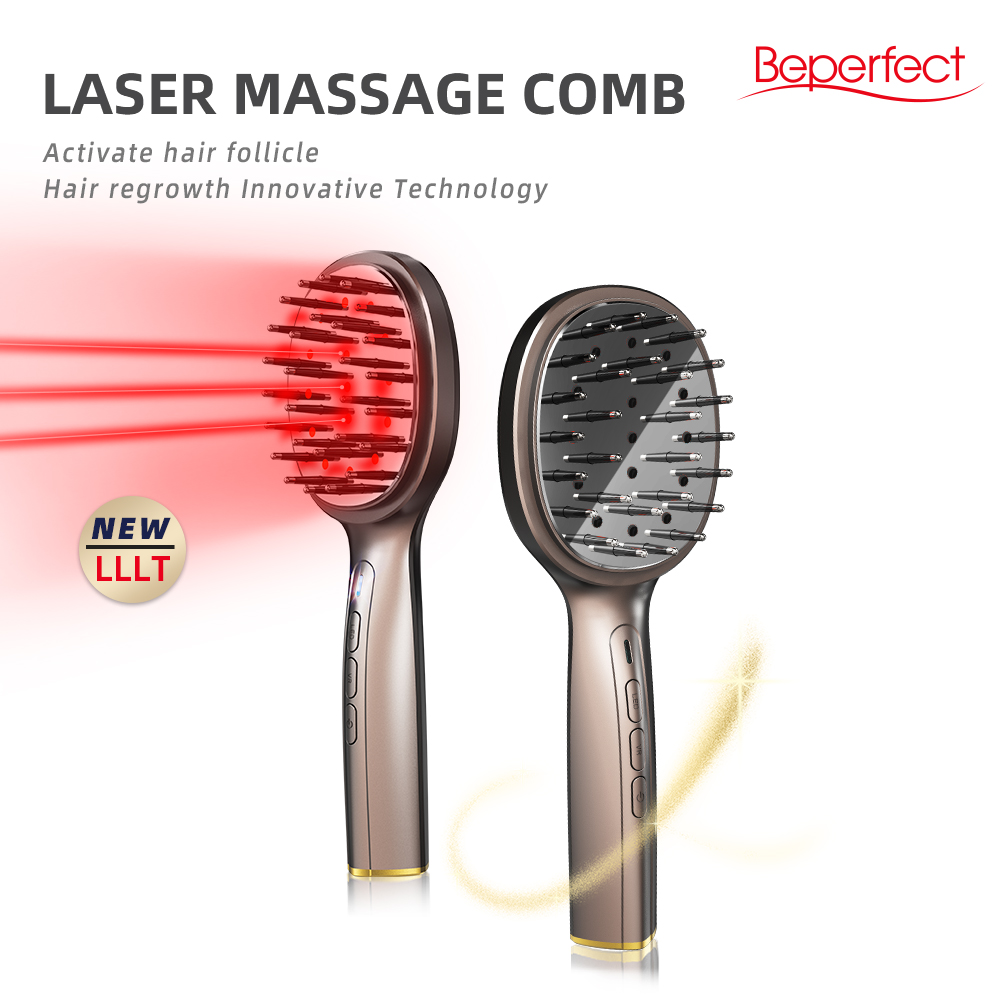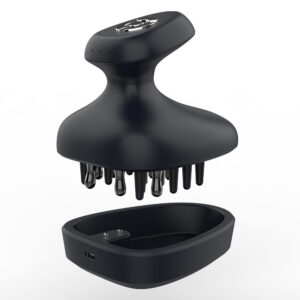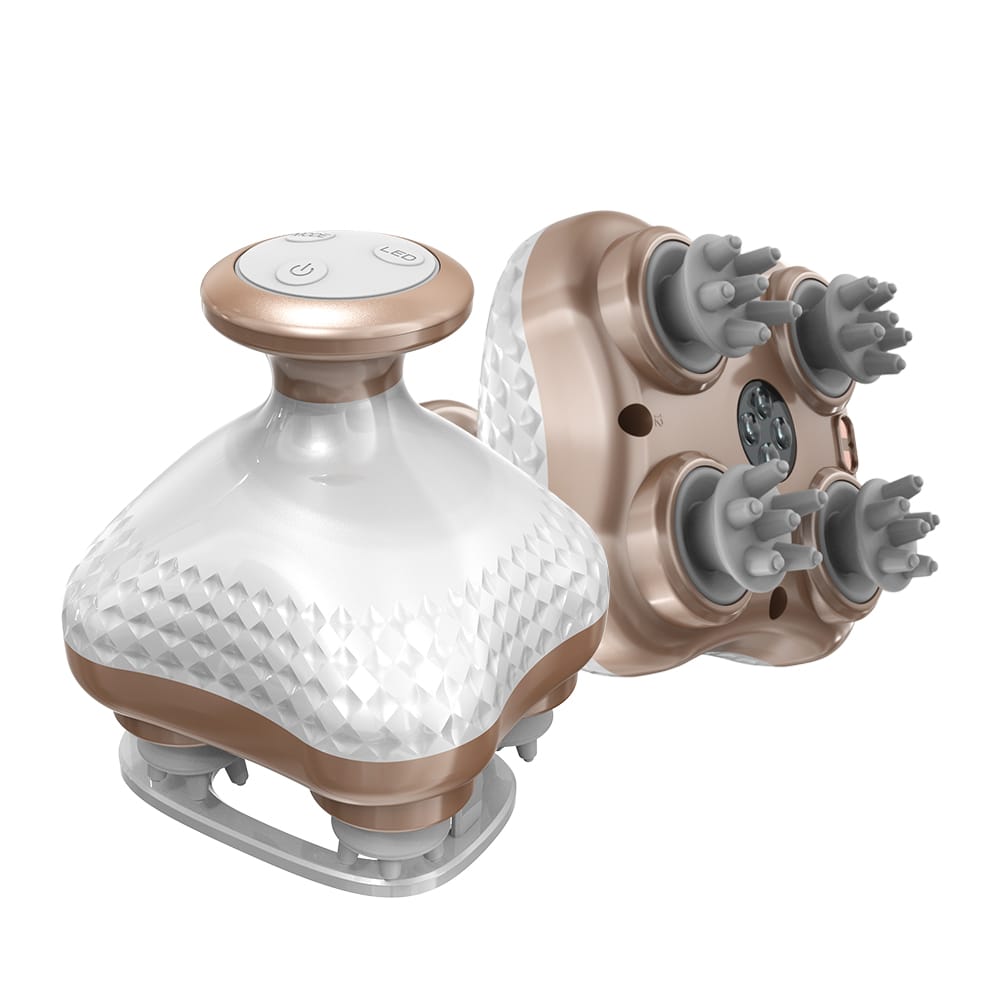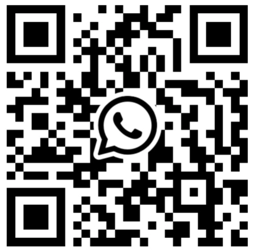Head Care Product
We have presented Beperfect’s Head Care products on this page. By selecting any of these products and customizing them according to your preferences, you will be able to expand your audience and enhance your brand.
What are head care devices, and how do they contribute to scalp health and hair care?
Whether your hair is dry or wet, a scalp massager is a handy, travel-friendly hair accessory designed to give your scalp a relaxing massage. Because of its flexible bristles, it stimulates the scalp gently and efficiently when pressure is applied. Improving scalp blood circulation is the main goal of scalp massagers. They support healthy hair development and the nourishment of hair follicles by improving blood flow. Furthermore, the calming effect of the bristles' massaging motion might aid in releasing tension and stress from the scalp. It is frequently advised that using a scalp massager as part of your hair care regimen is a great place to start. To facilitate easy cleaning and upkeep of a healthy scalp environment, use a scalp massager before shampooing or conditioning your hair to help release any buildup of debris, oil, or products. Regardless of your hair type—straight, curly, thin, or thick—it can be helpful for you. Follow us to get more information about head care devices.
Provide an overview of the types of head care devices available, emphasizing their unique features and functionalities.
Headgear consists of:
- Head massagers: These devices use many nodes to simulate a human hand massage, which helps to promote relaxation, release tension, and increase blood flow.
- Scalp massagers: These are portable gadgets with soft bristles or massage nodes that stimulate the scalp, improve blood flow, and encourage hair growth.
- Headache Relief Devices: Use methods such as vibration, acupressure, cold treatment, or neurostimulation to relieve headaches and migraines.
- Sleep Aid Devices: Use headbands or other headgear to enhance the quality of your sleep by utilising techniques like white noise, brainwave entrainment, or relaxing noises.
- Hair Growth Helmets: These devices use red light-based low-level laser treatment (LLLT) to stimulate hair follicles, promote growth, and stop hair loss.
- Head Cooling Devices: Use cutting-edge cooling methods like evaporative or Peltier effect cooling to relieve heatstroke, migraines, or hot flashes.
- Meditation Headsets: Guided programmes, real-time feedback, auditory and sensory feedback, EEG sensors, and guided meditation are all provided by these headsets.
Keep in mind that features and availability might change as technology advances, so do your homework on reliable suppliers, think about your needs, and get medical advice as needed.
Can head care devices promote hair growth and prevent common issues like dandruff and hair loss?
Though their efficacy varies, head care devices can treat conditions including dandruff and hair loss and encourage hair growth. The following gadgets and their advantages:
- Scalp massagers: By gently massaging the scalp, these devices improve blood flow, encourage hair growth, and lessen dandruff.
- Laser Hair Growth Devices: These devices release light to activate hair follicles, encourage growth, and stop more hair loss. Outcomes differ, and continuous usage is usually required.
- Ionic Hair Brushes: These brushes release negative ions to lessen frizz and damage while also subtly fostering healthier hair.
Scalp exfoliators eliminate dead skin cells, improve the condition of the scalp, and maybe lessen dandruff. Recall that these tools function best in conjunction with a whole hair care regimen that includes a balanced diet, frequent scalp hygiene, a healthy lifestyle, and, if necessary, medical treatments. Seek expert counsel for tailored guidance.
Figure 2: Can head care devices promote hair growth and prevent common issues like dandruff and hair loss?
How frequently should one use head care devices, and are there any potential side effects or considerations?
Using head-care equipment on a regular basis differs based on the gadget and the user. Here are some rules to follow:
- Scalp massagers: Use a couple times each week, being careful not to apply too much pressure to avoid damaging or irritating your scalp.
- Laser Hair Growth Devices: Usually, multiple times a week, adhere to the manufacturer's directions. Overuse might have negative consequences.
- Ionic Hair Brushes: Use them gently to prevent breakage or irritation, and use them every day as part of your normal hair care regimen.
- Scalp exfoliators: Depending on how sensitive your scalp is, use them once or twice a week. To avoid causing irritation, don't scrape too hard.
Taking into account
- Individual Sensitivity: Be mindful of scalp responses. In the event of pain, redness, or irritation, cut back on usage or stop altogether.
- Appropriate Technique: To prevent negative consequences, adhere to the device's directions. Avoid using excessive force or beyond the prescribed duration of usage.
- Compatibility with Treatments: If receiving additional hair or scalp treatments, speak with specialists to make sure there won't be any conflicts or adverse reactions.
- Quality and Safety: To reduce any possible negative effects or harm, choose reliable brands with high quality and safety requirements.
See a trichologist or dermatologist for personalised guidance, depending on your requirements or concerns.
Guide readers on essential features to consider when selecting a head care device tailored to their specific hair and scalp needs.
Take into account the following crucial elements when choosing a head care devices customised to your hair and scalp's requirements:
- Functionality: Select a device that supports your unique objectives, such as pain management, stress reduction, stimulating hair growth, or massaging your scalp.
- Modifiable Settings: Seek out gadgets that allow you to change the temperature, pace, or intensity.
- Scalp and Hair Type Compatibility: If you have sensitive skin, take into consideration devices that are appropriate for your hair type and scalp conditions.
- Safety Features: Verify that the equipment is certified as needed and look for any safety issues that have been brought to light.
- Usability: Seek out lightweight materials, ergonomic design, and intuitive controls.
- Quality and Durability: Use reviews or suggestions to gauge the device's lifetime and build quality.
- Extra Features: Take into account extras like heat therapy, reversible massage heads, or oil or serum compatibility.
- Value and Price: To identify a product that is both reasonably priced and of high quality, compare features, pricing, and user reviews.
- Manufacturer Reputation: Look into reputable companies that have a history of creating high-calibre head care devices.
- Expert Advice: For advice tailored to your individual circumstances, consult medical specialists.
You may select a head care device that is useful and fulfilling for your hair and scalp by taking these qualities into consideration.
Are there specific head care routines recommended for different hair types, textures, or scalp conditions?
Care needs vary according to the kinds, textures, and health of the scalp. Here are a few broad recommendations:
- Oily Scalp and Fine Hair: Wash your hair often with a mild, clarifying shampoo, and stay away from thick conditioners and styling products. Use dry shampoo in between laundry loads.
- Dry Scalp and Dry Hair: Use hydrating shampoo, conditioner, and frequent deep conditioning treatments to moisturise and nourish the scalp and hair. For added moisture, use hair oils or leave-in conditioners.
Sulfate-free shampoos and conditioners that provide moisture and reduce frizz are recommended for curly or coily hair. Include leave-in conditioners, deep conditioning treatments, and style products designed specifically for curly hair.
- Sensitive Scalp: Steer clear of harsh chemicals and excessive heat styling, and go for mild, fragrance-free hair care products. Frequent scalp massages can ease pain and increase blood flow.
- Dandruff or Dry Scalp: Choose anti-dandruff shampoos containing coal tar, ketoconazole, or pyrithione zinc. To get rid of flakes and encourage a healthy scalp environment, gently exfoliate the scalp.
- Colour-Treated Hair: Deep condition your hair and use leave-in conditioners in addition to sulphate-free shampoos and conditioners. usage of heat protectant sprays and minimise the usage of heat styling.
- Fine or thin hair: Steer clear of strong-style products and use volumizing shampoos and conditioners. For more volume and lift, use styling solutions that are lightweight and non-greasy.
Please keep in mind that every person's hair and scalp are unique, and these are only suggestions. Professional advice can offer tailored suggestions based on your unique requirements.
Compare head care devices to traditional hair care practices, showcasing the advantages they bring to modern hair care routines.
There are benefits to using head-care devices over conventional methods:
- Enhanced Scalp Stimulation: Tools stimulate the scalp in a focused, constant manner to promote blood flow, hair growth, and stress reduction.
- Customisable Settings: In contrast to conventional procedures, users may modify intensity, speed, and temperature to meet the specific demands of their hair and scalp.
- Convenience and Time Efficiency: With ergonomic designs, intuitive controls, and cordless alternatives, devices are made to fit easily into everyday routines and save time as compared to manual processes.
- Targeted Treatment: Unlike traditional methods, devices deliver targeted treatments for pain alleviation, relaxing, stimulating hair growth, or exfoliating the scalp.
- Extra Features: Heat therapy, reversible massage heads, and oil/serum compatibility are just a few examples of the devices' extra features that offer advantages and customisation not available in conventional methods.
- Professional-Grade Technology: For more sophisticated care, certain devices use cutting-edge technology, including low-level laser therapy or infrared therapy.
- Consistency and Longevity: While conventional techniques might differ in technique and intensity, devices consistently yield effects and ensure the same degree of care with each usage.
There are still advantages to traditional methods, such as their affordability and personal touch. Developing a thorough and individualised hair care regimen requires striking a balance between modern technology and conventional methods.
Discuss scientific evidence or studies supporting the efficacy of head care devices in improving scalp health and hair quality.
The effectiveness of head care devices in enhancing scalp health and hair quality is supported by scientific research and evidence.
- Scalp Stimulation and Hair Growth: By increasing blood flow to the scalp, mechanical scalp stimulation with tools like scalp massagers thickens and densifies hair, thereby stimulating hair growth.
- Low-Level Laser Therapy (LLLT): In patients with pattern hair loss, LLLT devices, such as laser combs or helmets, have been demonstrated to enhance hair thickness and density and minimise hair loss.
- Improved Scalp Microcirculation: By increasing blood flow, scalp massagers promote improved scalp health and hair development by enhancing the scalp's microcirculation.
- Pain Relief and Relaxation: Electric scalp massagers provide pain relief and induce relaxation, as demonstrated in studies on individuals with chronic tension-type headaches.
- Dandruff and Scalp Conditions: Some devices, like scalp brushes or exfoliating devices, help manage dandruff and improve overall scalp conditions.
Individual results may vary, and consulting with a healthcare professional or dermatologist is recommended for personalized advice on using head care devices based on individual needs and conditions.
Can head care devices be integrated into existing hair care regimens, and do they complement other hair care products?
Head care device can enhance other products and be incorporated into current hair care routines.
- Pre-Shampoo Stimulation: Hair care products are better absorbed by the scalp when blood circulation is improved by devices such as scalp massagers.
- Shampoo and Conditioner Application: A scalp massager helps to ensure that product is distributed uniformly during shampooing, and it enhances product penetration and nutrition when used in conjunction with conditioner.
- Enhancement of Scalp Treatments: By improving the distribution and absorption of scalp treatments such as oils or serums, devices help to maximise their advantages.
- Styling and Product Application: Better coverage and outcomes are ensured by the uniform distribution of styling materials throughout the hair, which is made possible by electric brushes or combs.
The incorporation of head care devices improves the absorption, distribution, and overall influence on the scalp and hair of other hair care products, hence increasing their efficacy. When adding them to a routine, pay attention to the directions on the device and take into account the demands of your particular hair and scalp.
What are the emerging trends and innovations in the field of head care devices?
Emerging breakthroughs and trends in the realm of head-care devices include:
- Smart Devices: Personalised advice and real-time feedback on scalp health and hair care practices are provided by the integration of smart technology.
- Advanced Scalp Analysis: Technological advancements in scalp analysis provide an in-depth understanding of hair health and scalp issues.
- AI-Driven Head Care Equipment: This AI-enabled equipment analyses data to create personalised regimens for scalp care.
- Wearable Devices: Devices for scalp care that don't require hands, like headbands or caps, may massage the scalp or use low-level laser therapy.
- Sustainable Designs: Stress the use of environmentally friendly materials, production techniques, and packaging options.
- Combination Devices: These devices combine many features to offer complete head-care experiences.
- Personalised Product Integration: Tools made to combine with certain hair care products for more effective and focused delivery.
Technological developments, consumer preferences, and the emphasis on individualised and long-lasting head care solutions are the main forces behind these changes.

